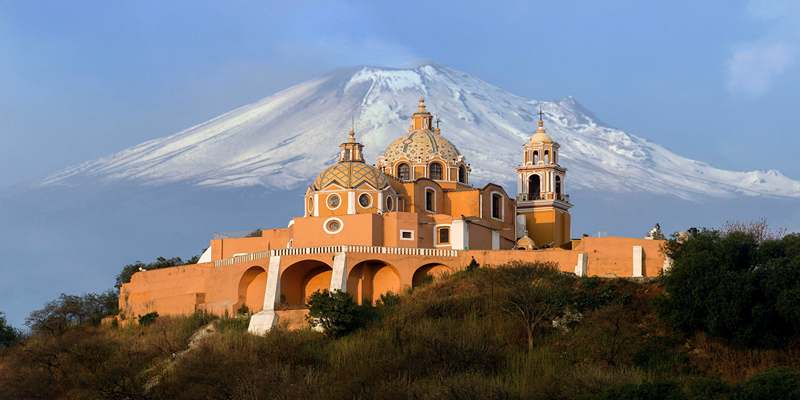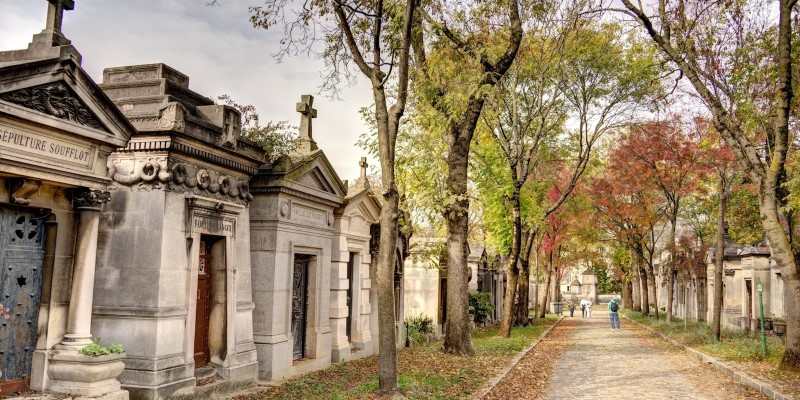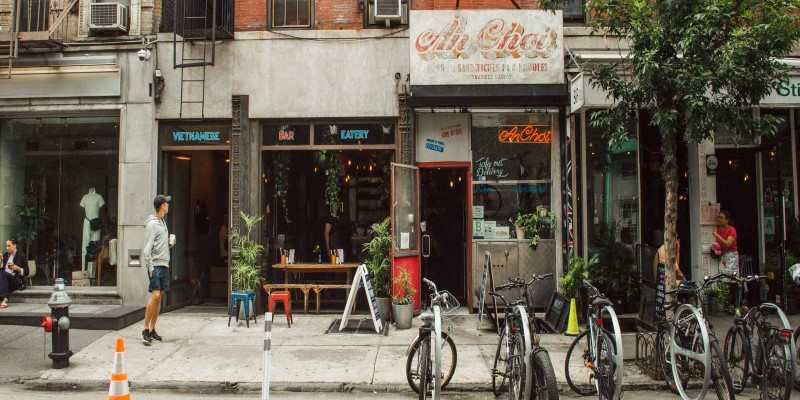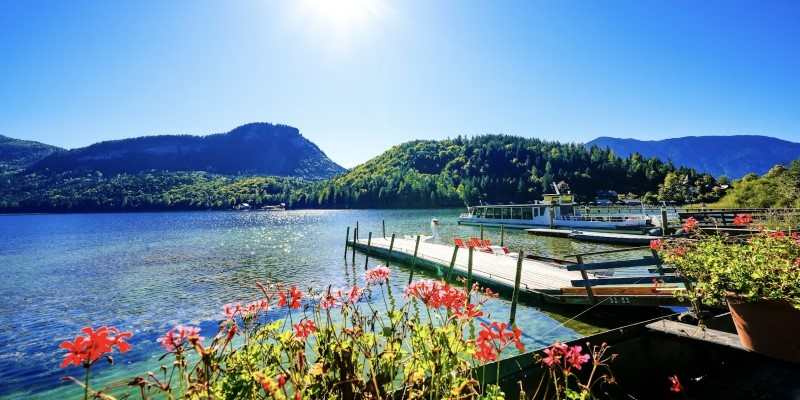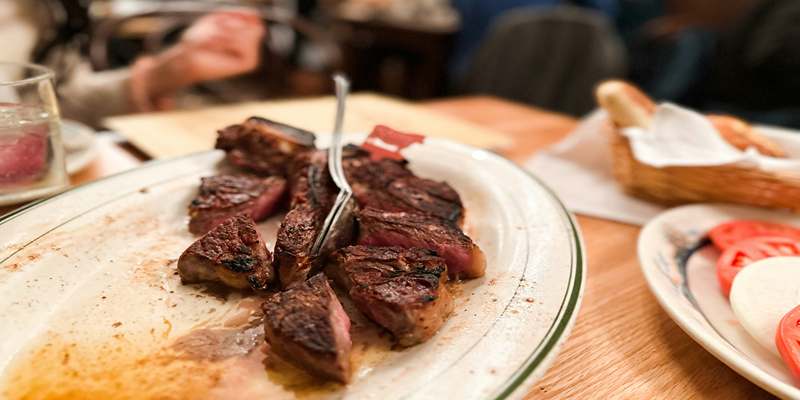There’s something about a train ride that makes travel feel slower in a good way. No rush, no narrow airplane seats, just steady movement, windows full of views, and a rhythm that lets your thoughts catch up. Mexico, with its mountains, coastlines, and colorful small towns, is home to some memorable rail routes. They aren’t everywhere, but the few that do exist make up for it in scenery and experience.
Best Train Rides in Mexico
El Chepe: Through the Copper Canyon
When people talk about train travel in Mexico, they’re usually talking about El Chepe. It’s short for Chihuahua al Pacífico, and it runs through the Copper Canyon, which is bigger and deeper than the Grand Canyon in spots. The ride is long—about 9 hours if you’re on the express—but it doesn’t drag. Every time you look out the window, there’s something worth seeing. Cliffs, rivers, waterfalls, pine forests, and remote villages. This isn’t the kind of trip where you’re counting the hours.
The train has two versions: Chepe Express and Chepe Regional. Express is newer, a little more polished, and mostly for travelers. Regional is used by locals and stops in more towns. If you want the full picture, including places like Divisadero and Creel, the Regional gives more of that. The best part is that you can get off, stay a night or two, and get back on later. Food onboard is good, especially in the Express’s dining car. It’s not gourmet, but it’s thoughtful. You don’t have to plan a picnic or load up on snacks beforehand unless you want to. The train leaves from Los Mochis or Chihuahua, depending on your direction. Either way, book early. This isn’t a hop-on-last-minute kind of thing.
Tequila Express: A Ride to the Heart of Agave Country
The name gives it away. This train takes you from Guadalajara to the town of Tequila. The ride is short—around two hours—but it’s packed with views of blue agave fields. These fields stretch out in every direction, almost hypnotic.
The train isn’t about getting somewhere fast. It’s about slowing down and noticing everything along the way. Most of the route goes through Jalisco’s countryside, with glimpses of volcanic hills and old haciendas. Onboard, there’s usually live music, and people are in a good mood. It feels more like a celebration than a commute.
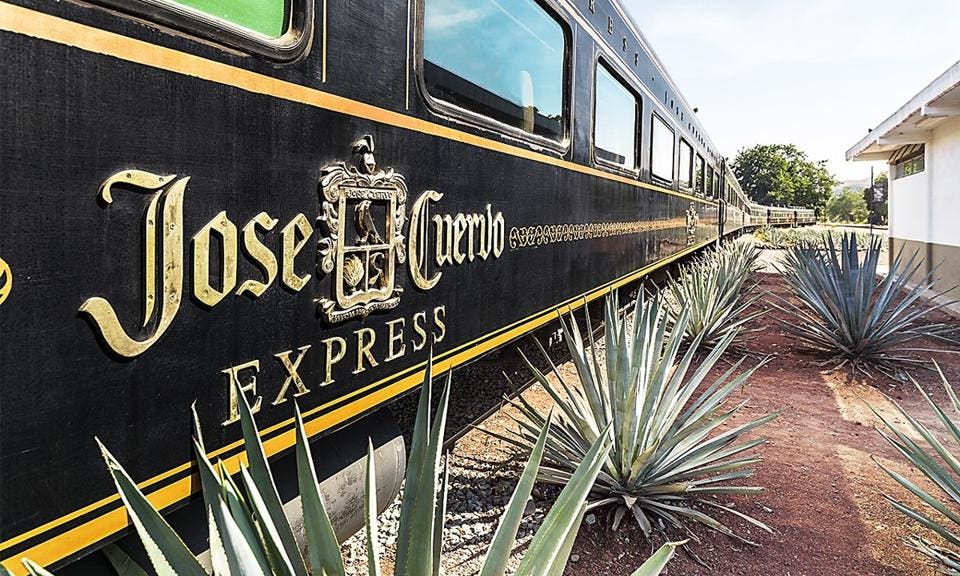
If you’re visiting Guadalajara and want to see more than the city, this train makes that easy. You’re in a seat, sipping something local, listening to a mariachi band, watching Mexico go by the window. Not every train needs to be cross-country. This one is short but leaves an impression.
José Cuervo Express: A More Polished Agave Tour
While the Tequila Express has a festive feel, the José Cuervo Express is a little more refined. It covers the same basic route—Guadalajara to Tequila—but the train is different. Think lounge seating, polished wood panels, and big windows. The ride lasts about 1 hour and 45 minutes, with extras before and after, like tastings and tours.
What sets it apart is the attention to detail. The carriages are restored and cared for, and the service feels more organized. There’s still music, there’s still agave fields, but the whole thing moves at a different pace. It’s not wild, it’s smooth. You can take the morning train or choose the sunset option. Both have their own charm.
Once you arrive, there’s a full tour of the La Rojeña distillery, which is the oldest in Latin America. Walking through it adds another layer to the ride—suddenly, the fields you saw make more sense, and the drink in your hand feels more connected to the place.
Tren Suburbano: For a Local Perspective
If you’re in Mexico City and want to try a train that’s part of daily life, hop on the Tren Suburbano. This isn’t a tourist route—it’s what people use to get around. It runs from Buenavista Station to Cuautitlán, passing through areas most visitors don’t see.
The ride is smooth, efficient, and clean. The stations are modern, and the trains run on time. It's not scenic in the traditional sense—you won't be snapping a hundred photos—but it shows you the scale of the city, how far it stretches, and how people move through it.
There's something to be said for seeing both sides of a place. One day, you're in a museum or walking in Roma Norte; the next, you're sitting next to someone headed to work, looking out the window at apartment blocks and open markets. This train is for people who like seeing how cities function, not just their historical parts.
The Maya Train (Tren Maya): What’s Coming Soon
The Tren Maya is being built to connect the main cities and destinations across five southern states—Chiapas, Tabasco, Campeche, Yucatán, and Quintana Roo. Once it’s running fully, it’ll stretch more than 1,500 kilometers. It’s planned to serve both visitors and locals, with stops near beaches, ruins, and nature reserves.
While it’s still under construction in parts, the first sections are already operating. The trains are modern, with air conditioning, comfortable seating, and panoramic windows. It’s not a luxury experience, but it’s well-designed for long trips.
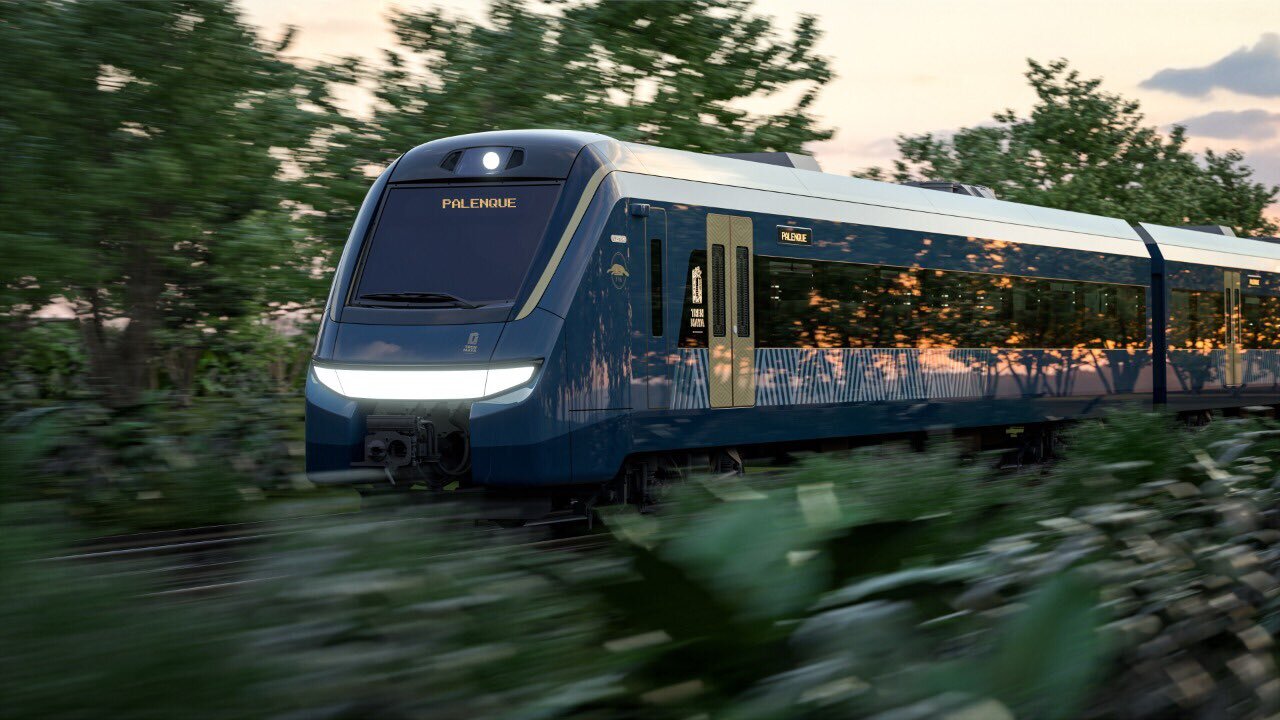
The route goes through places like Palenque, Mérida, and Tulum. If you’ve been to this region by car or bus, you know how long the distances can be. Having a train adds another option—one that lets you relax, watch the jungle roll past, and avoid the stress of long road trips.
This one is different from El Chepe or the Agave routes. It's not about a single experience; it's more of a network. A way to connect big and small places, coast and inland, modern cities and old ruins. Once it's all running, it'll change how people see the southeast of Mexico.
Ferrocarril Chihuahua-Pacífico Regional Stops: Small Town Moments
Beyond the better-known Express ride on El Chepe, the Regional line gives something quieter. The towns you stop in aren’t polished up for tourists. There’s nothing curated. You step off into places like Bahuichivo, where families wait at the station, and vendors sell food in plastic containers wrapped in a cloth to keep it warm.
It’s easy to overlook these stops when planning, but they stay with you after the trip. You remember the small bakery near the tracks, the way the air smelled like pine, or the way the fog rolled in before the train started moving again. These parts aren't about big landmarks. They're about the every day—something that's harder to find on the express routes.
Conclusion
Mexico’s train system isn’t vast, but what it offers is meaningful. Each ride brings a different side of the country. Whether you're watching canyons rise up outside your window, passing fields of agave, or getting a sense of city life from a suburban route, these train rides make time feel slower and fuller. That alone makes them worth it.




